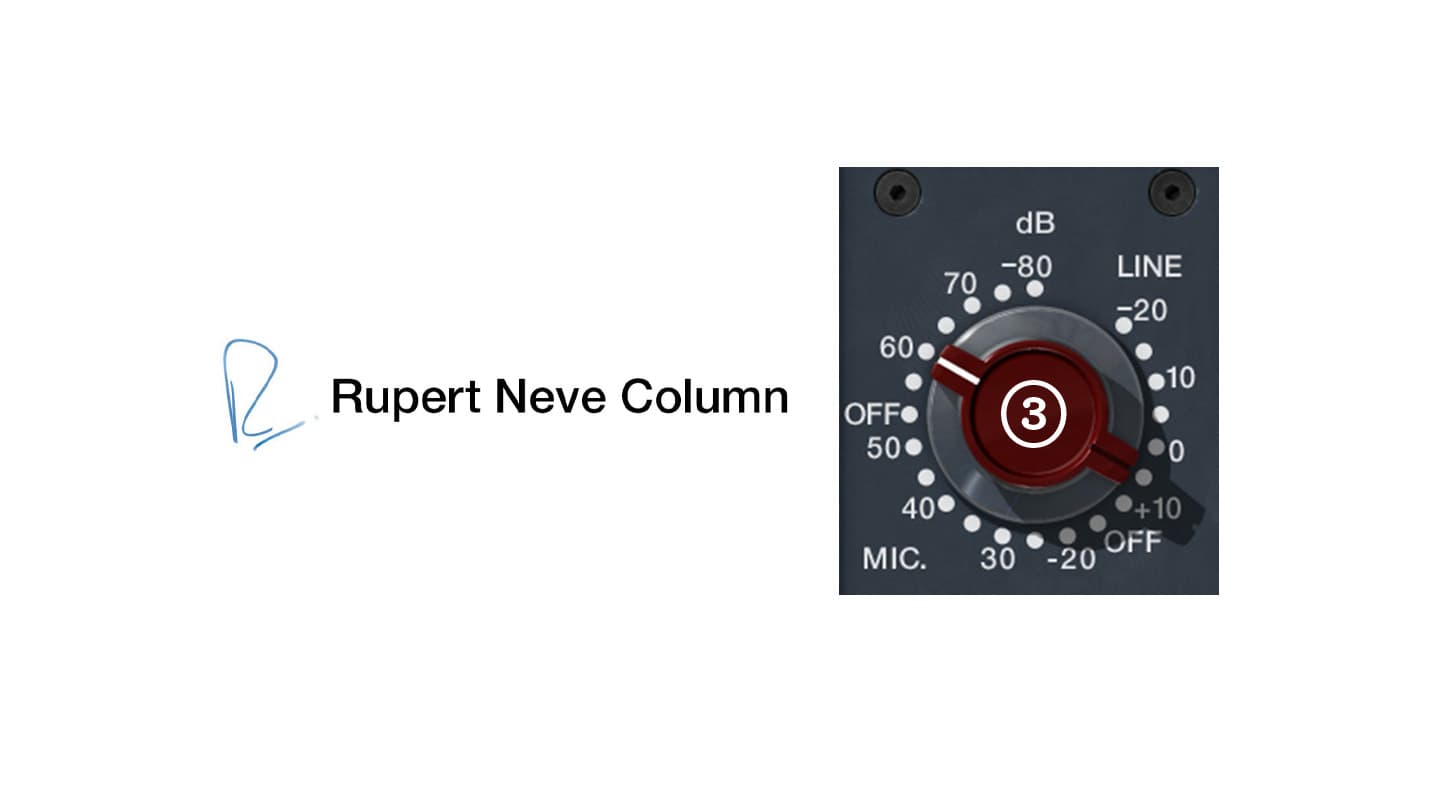
Rupert’s Word: Noise & Bandwidth
Noise & Bandwidth
I’ve just returned from the New York AES Convention. It was a good show for me, with the US launch of the AMEK 9098i console and the new Pure Path outboard range. The stand was crowded solidly – I could not get away for even the shortest break, let alone see what others were doing. I spent my time between presentations talking with enthusiastic owners of vintage Neve consoles and disenchanting those whose consoles I did not actually design! (My last design for the original Neve Company, in 1978, was for the famous three consoles at George Martin’s Air London Studios).
I can’t remember how many such shows I’ve been to, but I do remember the days when professional shows on both sides of the Atlantic were quiet and dignified. There were reserved professionals; restrained owners, directors, and salesmen in dark suits; engineers and lesser mortals in grey flannels and sports jackets (Harris Tweeds for the more senior chaps); short back and sides haircuts; discipline, order and design. All were seekers after knowledge, and those anxious to impart it did not disappoint us.
Crowds? Yes! But you could sit down with another engineer and discuss real engineering specs. Noise? Not much, as I recall. No demos – no loudspeakers allowed. There seemed to be more time and there were certainly fewer choices: three tape machines, three consoles, three microphones. Oh yes, and there’s that crazy chap trying to sell ready-made mic leads – obviously he can’t succeed, we always make our own.
Today the dominant impression at these shows is that of noise! It’s difficult to hear or to make yourself heard. What does it reflect? The shows used to be for us. Who are they for now?
AES shows are comparatively restrained in comparison to certain others. Ever been to one around the Pacific Rim? Noise levels approaching the threshold of pain. Conversation is possible only with lips three inches from the listener’s ear! (Something to do with Inverse Square Law, remember?)
I find that thinking time is at a premium. The best ideas float below the surface and don’t clamour. They have to gestate and emerge, get massaged and grow… well, you get my meaning, I’m sure. But noise is the order of the day. I’d go as far as to say that noise is the curse of our generation. Every product demo is characterised by noise: car chases, crashes, explosions, jet aircraft supposedly in your lounge. There’s thunderous single note bass from the car beside you at the traffic lights, bouncing its wheels off the road.
Noise suggests chaos in the sense of multiple signals clamouring for our attention. Deep down, embedded in the discord, is the stuff we want. It just has to be sorted out, which is often hard work.
Back in 1992, I spent many a late night driving 200 miles back and forth between my home, in Suffolk, and the offices of my client AMEK, in Manchester. Tuning around the FM band I came across a mysterious transmission: birds, quiet woodland sounds, country atmosphere, a cuckoo with that strange distant reverberation, occasional sounds of a distant car or aircraft. A scene familiar and well remembered, drawing on memories of Summer woodland walks, striking a note of peace and tranquillity. Nothing strident. No voice. No music. Just nature enveloping me in reasonable two channel car stereo. I listened for hours. Tension and worry departed and the journey was shorter. Classic FM test transmissions prior to launch! I found many others had the same experience. Everyone was sorry when, after some weeks, the tests were over. I’m sure those tapes are saleable. Where are they?
This is not just philosophical stuff. I’m reflecting on what it is that we’re really looking for: satisfaction in a listening experience. To attain satisfaction, part of the process is to discard the noise! Beneath that noise there may be stuff we are only recognising subliminally.
“Forget it, Rupert,” I hear you say; “If I can’t hear it, it’s not there. It’s below the noise level!”. So what is noise? The dictionary says:
Noise: In physics, an acoustic, electric, or electronic signal consisting of a random mixture of wavelengths (see Sound). In information theory, the term designates a signal that contains no information. In acoustics, ‘white’ noise consists of all audible frequencies, just as white light consists of all visible frequencies. Noise is also a subjective term, referring to any unwanted sound. Noise pollution (see Airplane) is a serious environmental problem, particularly as sound levels above a certain intensity can be physically damaging.
It might seem that noise must be all bad. Noise is really a necessary component of the beautiful and satisfying sound that we actually do want to hear; it’s irrevocably linked to overall performance. There is always ‘something’ that is not strictly part of the performance. It’s not all bad. Without that ‘something’, there is no realism. Noise is part of the world around us; it makes sound believable, ‘realistic’, if you like. Music in a sound proof and acoustically dead studio without noise is clinical, brittle and unsatisfying to artist and listener alike. How often have you heard a chamber music reviewer say that he can hear the artist breathing? Is he criticising or authenticating the performance?
Then there’s audience noise, which helps both the artist and the audience in appreciation of a performance. ‘Someone’ is listening and ‘someone’ is never completely silent. From thunderous applause to a rapt silence that breathes. How much is right?
Reverberation is a form of noise, usually not part of the sound directly generated or controlled by the artist. In a hall or in a studio, it is needed – not too much; just the right amount to set the scene. How much is right? It’s a value judgement made by a human, and here, of course, noise is specifically related to the original sound.
In my last column I identified sources of noise which are definitely in the “noise is bad” category. Studios, microphones, and amplifiers. Let me remind you.
Electrical noise is inescapable. Every electrical conductor exhibits motion of atoms which generate small voltages of random frequency. This voltage depends upon the resistance value, the temperature, and bandwidth. Here is the classic noise formula:
Noise = SQRT(4 x 1.39e-23 x Temperature x Ohms x Bandwidth)
…for which we are indebted to Ludwig Boltzmann (1844-1906), an Austrian physicist who helped lay the foundation for the field of physics known as statistical mechanics. Boltzmann was born in Vienna and educated at the universities of Vienna and Oxford. He was a professor of physics at various German and Austrian universities for more than 40 years. During the 1870s Boltzmann published a series of papers that showed that the second law of thermodynamics could be explained by statistically analyzing the motions of atoms.
Boltzmann’s work was strongly attacked by scientists of his time. However, much of his work was substantiated by experimental data soon after he committed suicide in 1906.
Using Boltzmann’s formula, at a temperature of 25° Celsius (approx. 300° Kelvin), the voltage produced by a 10,000 ohm resistor measured over a 20kHz bandwidth is 1,820.37nV, which in more familiar terms is -112.6dBu.
If the bandwidth is increased by four times to 80kHz, the noise voltage is doubled. Here we can see a link between noise and bandwidth.
Having a frequency response way out there to dog-land means more bandwidth and, therefore, more noise. It opens the window to more of those minuscule high order harmonics and switching ‘splats’ generated by all but the best equipment.
Is it important? Yes it is, because it also opens the window to those minuscule musical harmonics which are a true part of music.
Can you hear it? No, you can’t!
“Forget it, Rupert,” I hear you say again; “If I can’t hear it, it’s just not there!”.
So, what am I trying to sell you on? Something that’s only a bee in my bonnet? You’ve read my views on the need for wide bandwidth beyond audibility AudioTechnology, Vol. 1, Iss. 1. Surely if it’s beyond audibility we must be wasting our time! Human hearing usually cuts off somewhere between 12kHz and 18kHz, depending on age, health, educated listening experience, and machismo.
Try these two simple experiments which I have carried out with audiences in many parts of the world using no special equipment, just what was available plus a patient colleague:
EXPERIMENT #1
A sine wave is a single frequency, totally pure and free of harmonics. A square wave is extremely rich in odd harmonics: 3rd, 5th, and so on. If you generate a square wave at, say, 7kHz, you will not hear even the first of its harmonics (the 3rd harmonic), which appears at 21kHz. (Unless, of course, you’re a dog!)
You need a Variable Frequency Audio Oscillator with an output that can be switched between sine and square waveforms without a large change in level (2dB to 3dB is OK).
Feed this into an amplifier and loudspeaker to produce a fairly loud Sound Pressure Level, around 80dB SPL. Start at around 3kHz. As your colleague switches from sine to square, you will easily hear the third harmonic (9kHz) as a high pitched ‘whistle’ superimposed on the 3kHz fundamental. Depending on your hearing, you may also hear the fifth harmonic (15kHz).
Get your colleague to raise the frequency slowly, switching back and forth between sine and square. At the fundamental frequency corresponding to one third that of your upper hearing limit, the ‘whistle’ disappears. Above this frequency you should only be able to hear the fundamental, with all harmonics having been filtered out by the upper limit of your hearing.
But you can still detect the difference between the sine and square waves. Some audiences have been able to report a difference reliably when the fundamental is as high as 18kHz. We do not ‘hear’ these frequencies but, in some way that we don’t yet understand, we are able to perceive their presence.
EXPERIMENT #2
For the second experiment you need a Pink Noise Generator (PNG) and a Variable Frequency Audio Oscillator, as before.
Feed the PNG into one channel of a mixing desk and the oscillator, at about 3kHz, into another. Adjust the two signal levels so that when the faders are at maximum, you are reading approximately the same level from each on a meter (or meters) across the channel outputs. (The PNG signal will obviously be fluctuating.)
Mix the two signals and take the resulting bus output to a power amplifier and loudspeaker, setting up a fairly substantial level as before, say, about 80dB SPL.
You will hear a most unpleasant sound and will quickly want to reduce the 3kHz oscillator signal. Use the oscillator channel fader to do this until you can hardly hear the oscillator signal. Rock the oscillator’s frequency slightly back and forth as you reduce the level on the fader. (This is because your hearing develops a de-sensitising ‘notch’ when listening to a single frequency.)
As you continue to reduce the level, you will reach a point at which the pink noise totally masks the oscillator, and you can no longer hear the 3kHz signal. When you look at the fader scale, you will find that you have reduced the oscillator level by between 30 and 40dB. If you use a square wave instead of a sine wave, you will have to reduce the level even further.
What does this prove? It is simply evidence of the ear’s ability to discriminate in favour of a ‘wanted’ sound in the presence of a much louder ‘unwanted’ sound. It also suggests that unwanted harmonic distortion has to be substantially below the noise level before it is inaudible. So much for the often heard engineer’s statement: “Distortion is below the noise level!”
Next issue I’ll look at the results of these simple experiments and consider what they mean to sound engineers and equipment designers. But I’d like to close this column with John Reith’s Mission Statement for the BBC, which is inscribed in the Entrance Hall at Broadcasting House (translated from Latin):
“This temple of the arts and muses is dedicated to Almighty God by the first governors in the year of our Lord 1931, John Reith being the Director-General, and they pray that good seed sown may bring forth good harvest, that all things foul or hostile to peace may be banished hence, and that the people inclining their ear to whatsoever things that are lovely and honest, whatsoever things are of good report, may tread the path of virtue and wisdom.”

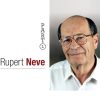
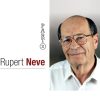













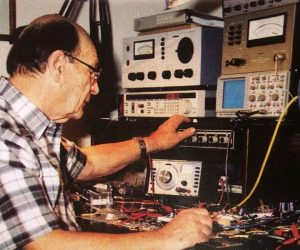



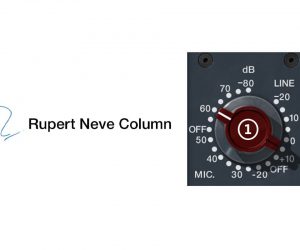
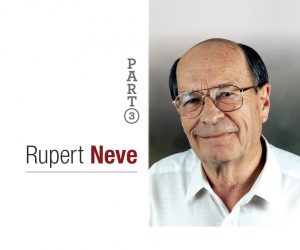




RESPONSES